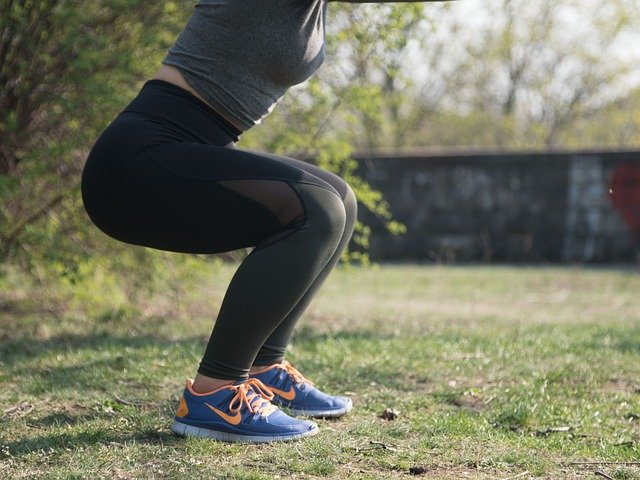The Synergy of Physical Activity and Mental Well-being: A New Perspective on Exercise
As we delve into the realm of wellness, we often stumble upon the intertwined relationship of physical fitness and mental health. But have you ever considered that these two are not separate entities but rather, two sides of the same coin? Let's explore how physical activity can be a potent tool in boosting mental well-being, from alleviating symptoms of depression and anxiety to improving cognitive function.

The Historical Link Between Exercise and Mental Health
The connection between physical activity and mental health isn’t a new concept. Ancient Greeks advocated for a harmonious balance between a healthy body and a healthy mind. However, it wasn’t until the 20th century that scientific research began to shed light on the psychological benefits of exercise. Studies found that regular physical activity could reduce symptoms of depression and anxiety, enhance mood, and improve cognitive function.
Exercise and Mental Health: The Current State of Research
Now, health experts and researchers globally agree: physical activity is a powerful, non-pharmaceutical intervention for mental health. A 2019 study published in The Lancet Psychiatry Journal found that individuals who exercised regularly had 43.2% fewer days of poor mental health in the past month than those who didn’t. The same study revealed that all types of exercise, from team sports to cycling and gym workouts, had a positive impact on mental health.
The Science Behind the Mind-Body Connection
So, how does exercise improve mental well-being? When you engage in physical activity, your body releases endorphins, often referred to as “feel-good” hormones. These neurotransmitters interact with the receptors in your brain that reduce the perception of pain and trigger a positive feeling in the body, similar to that of morphine.
Additionally, exercise increases the production of brain-derived neurotrophic factor (BDNF), a protein that supports the growth, survival, and differentiation of neurons in the brain. This process, known as neuroplasticity, is crucial for learning, memory, and higher thinking.
The Power of Physical Activity: Beyond the Physical
While the physical benefits of exercise, such as weight management and improved cardiovascular health, are well-known, its mental benefits are equally significant. Regular physical activity can:
-
Reduce symptoms of depression and anxiety
-
Enhance mood and overall emotional well-being
-
Improve sleep quality
-
Boost self-esteem and body image
-
Improve cognitive function and memory
-
Reduce stress levels
However, it’s essential to remember that while exercise is a powerful tool for mental health, it should not replace professional help if needed.
A Dash of Wellness: Quick Exercise Tips for Mental Health
-
Begin with simple exercises like walking or cycling, gradually increasing the intensity as your fitness improves.
-
Incorporate exercise into your daily routine. It could be a morning jog, a mid-day yoga session, or an evening dance class.
-
Choose activities you enjoy. You’re more likely to stick to an exercise routine if you enjoy it.
-
Remember, consistency is key. Aim for at least 30 minutes of moderate-intensity exercise most days of the week.
In conclusion, the synergy of physical activity and mental well-being is an essential aspect of holistic wellness. By incorporating regular physical activity into our daily routines, we can harness the power of exercise to enhance not only our physical health but also our mental well-being. The next time you lace up your running shoes or unroll your yoga mat, remember, you’re taking a powerful step toward a healthier mind and a happier life.




